March 11, 2014: By Andrew Merecicky
Residents of Bainbridge Island, Wash., led by Asani Development Initiatives, are re-imagining what a residential community could be. Even more impressive than its community gardens and car share program, the Grow Community is on track to be the largest planned solar-ready neighborhood in Washington State.
The housing development is designed to be a net-zero energy community, and is one of seven such endorsed projects by the One Planet Living program. Asani has also partnered with two Washington-based companies, BlueFrog Solar and A&R Solar, to develop an installation-ready solar package around which each home in the Grow Community is specifically designed.
The solar systems are intended to provide 100% of the energy demand of each house. The roofs of each structure were carefully designed to support the required number of solar panels. The installation package available to homebuyers features the Washington-based itek Energy‘s PV panels and APS America‘s microinverters.

Model homes on Grow Avenue NW. September 26, 2012. Credit: Anthony Rich
“The variety of rooflines that make a project like Grow so visually interesting can be a challenge for solar systems, which rely on PV arrays being optimally oriented toward the sun,” says Kelly Samson CEO of APS America. “Unlike regular ‘string’ inverters, APS microinverters maximize output and allow monitoring of individual panels, optimizing the productivity of the whole array at all points in the sun’s daily arc across the sky.”
The project will be completed in three phases. The first phase, which is presently nearing completion, will contain 18 single-family homes, six town houses and 20 multi-family rental units. Two more neighborhoods, referred to as “neighborhood 2.0″ and “3.0″ respectively, are still in the design stages. Homeowners have the standing option to install a solar system or not, providing customers with flexibile options regarding installation timing and financing.
“The project is being constructed in three phases to reduce risk and to allow the development team to apply lessons learned in each phase to the subsequent phase,” says Marja Preston, president of Asani Development. “We were confident that the solar community would work as we had a long interest list prior to placing the homes on the market. All of the homes were presold before construction began, an indication that there is strong interest, not only in solar homes, but in solar homes in a connected, walkable community.”
The first solar modules installed on Grow model homes. July 13, 2012.
Credit: Jonathan Davis
Phase II, containing neighborhood 2.0 and 3.0, will involve building 88 more homes. Housing options will consist of a mix of two-story town houses, single-level houses and apartments in three-story buildings. Additionally, residential parking will be underground to maximize the community’s green space. The second phase is also going to include the community center building and a childcare facility in its construction. Every structure in the community is built solar-ready.
The ultimate goal of the project was to design a repeatable model for a net-zero energy housing development, a task which, Preston says, was accomplished.
“The biggest challenge for our team was to design a net-zero energy single-family home that could be built and sold for a reasonable price. The goal for the project was to demonstrate a profitable and therefore replicable net-zero energy residential real estate development. We absolutely met that challenge,” Preston says .
Bainbridge is an ideal location for such an innovative project, because tax rebates in Washington make possible an affordably-priced solar option. This is one of the reasons Preston sees a promising future for Grow and similar green community development in Washington.
“The fact that almost all the homebuyers have chosen the solar option is an indication that the strategy for adding solar that we created with BlueFrog and A&R has been successful and is entirely replicable in other housing developments in the state.”
Installation Notes:
Panel type: 240 and 270W itek Energy
Microinverters: YC200, YC500 APS America
Racking and Mounting: SunModo Racking Systems
Monitoring: APS Energy Communication Unit/Energy Monitoring and Analysis
Output: 2.9 kW to 8.9 kW per housing unit.
Installation Crew: A&R Solar
Installation Dates: June 2012 – ongoing project
Read article here: http://www.solarpowerworldonline.com/2014/03/installation-notes-welcome-net-zero-neighborhood/





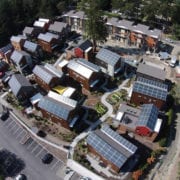













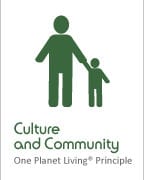
 The ceremony will last 30 to 45 minutes and include short stories from each of the following:
The ceremony will last 30 to 45 minutes and include short stories from each of the following: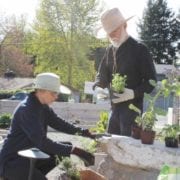
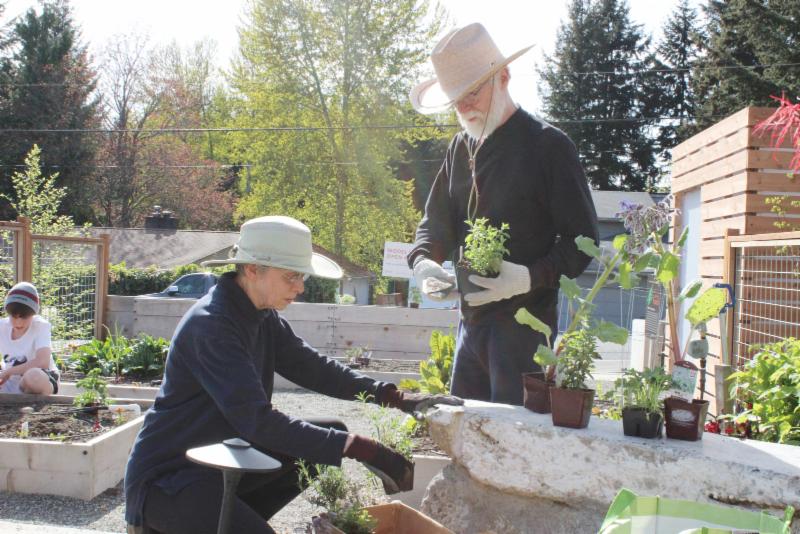 The first neighborhood at Grow Community will come together this summer when the rental homes are finished. In order to keep moving toward completion of the entire community, we have been working hard to come up with a design that meets all of our criteria and that builds on everything we’ve learned over the past several years.The next two neighborhoods at Grow will continue to meet our One Planet goals, with a focus on truly intergenerational living. Sixty percent of the homes will be accessible, with aging in community as a design priority. In addition, a number of the homes are being designed and priced for young families, creating that mix of vibrant and lively interaction that makes Grow such a great place to live.
The first neighborhood at Grow Community will come together this summer when the rental homes are finished. In order to keep moving toward completion of the entire community, we have been working hard to come up with a design that meets all of our criteria and that builds on everything we’ve learned over the past several years.The next two neighborhoods at Grow will continue to meet our One Planet goals, with a focus on truly intergenerational living. Sixty percent of the homes will be accessible, with aging in community as a design priority. In addition, a number of the homes are being designed and priced for young families, creating that mix of vibrant and lively interaction that makes Grow such a great place to live.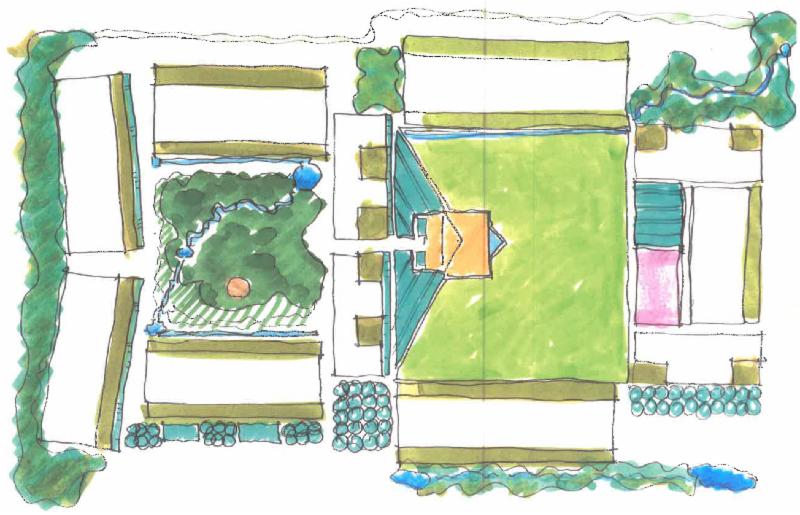
 After mid-March only one home remains to be built in the first neighborhood.
After mid-March only one home remains to be built in the first neighborhood.
